Click on photo to start video.



That problem from the frontier of technology is why many tech leaders foresee the need for a new “edge computing” network—one that turns the logic of today’s cloud inside out. Today the $247 billion cloud computing industry funnels everything through massive centralized data centers operated by giants like Amazon, Microsoft, and Google. That’s been a smart model for scaling up web search and social networks, as well as streaming media to billions of users. But it’s not so smart for latency-intolerant applications like autonomous cars or mobile mixed reality.
Cloud computing’s big, distant data centers can’t support VR and self-driving cars—but “edge computing” can.
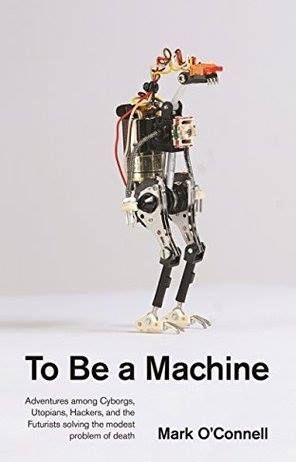
I’m excited to see Mark O’Connell’s book “To Be a Machine” (about # transhumanism ) get shortlisted for the Royal Society Science Book Prize, one the biggest science book prizes in the world. The final chapter of “To Be a Machine” is about my Immortality Bus journey and presidential campaign (a version of that chapter appeared in The New York Times Magazine after Mark rode with me on the bus). The book also has a wikipedia page now. Winner to be announced on September 19. https://en.m.wikipedia.org/wiki/To_Be_a_Machine
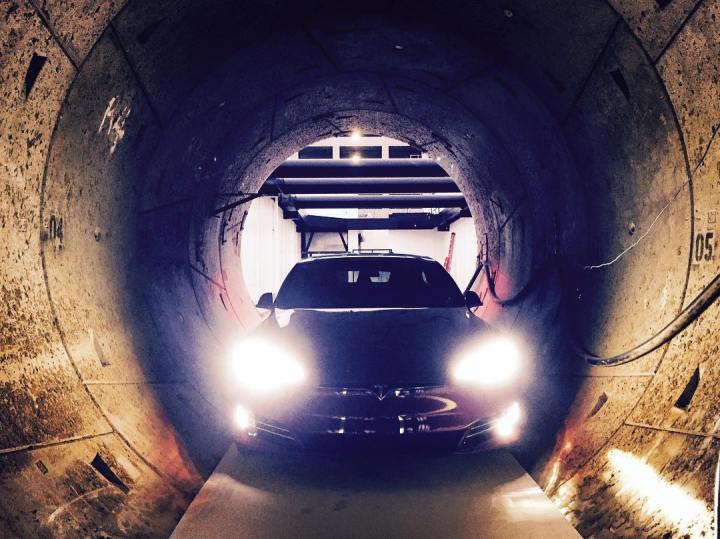
Tesla and SpaceX CEO Elon Musk teased his newest endeavor with a picture of a Model S inside a tunnel that he’s digging in Los Angeles.
Like so many of Musk’s projects, this isn’t just any ol’ tunnel. Musk’s startup, The Boring Company, is digging a tunnel that will be used to transport vehicles at high speeds to avoid traffic congestion. The idea is to lower vehicles via an elevator to a tunnel, where it’s then transported—not driven—in a “sled” along magnetic rails at high speeds.
The Boring Company, was inspired by traffic congestion Musk experienced in Los Angeles. The aim is to find a way cost-effectively dig networks of tunnels for vehicles and high-speed trains.
The WARR Hyperloop team, from the Technical University of Munich, claimed the top prize by sending its vehicle through the nearly airless tube at a top speed of 327 kilometers per hour. That was more than triple the speed runner-up Paradigm Hyperloop, a Canadian-U.S. team that attained 102 kph in the lengthy tube.
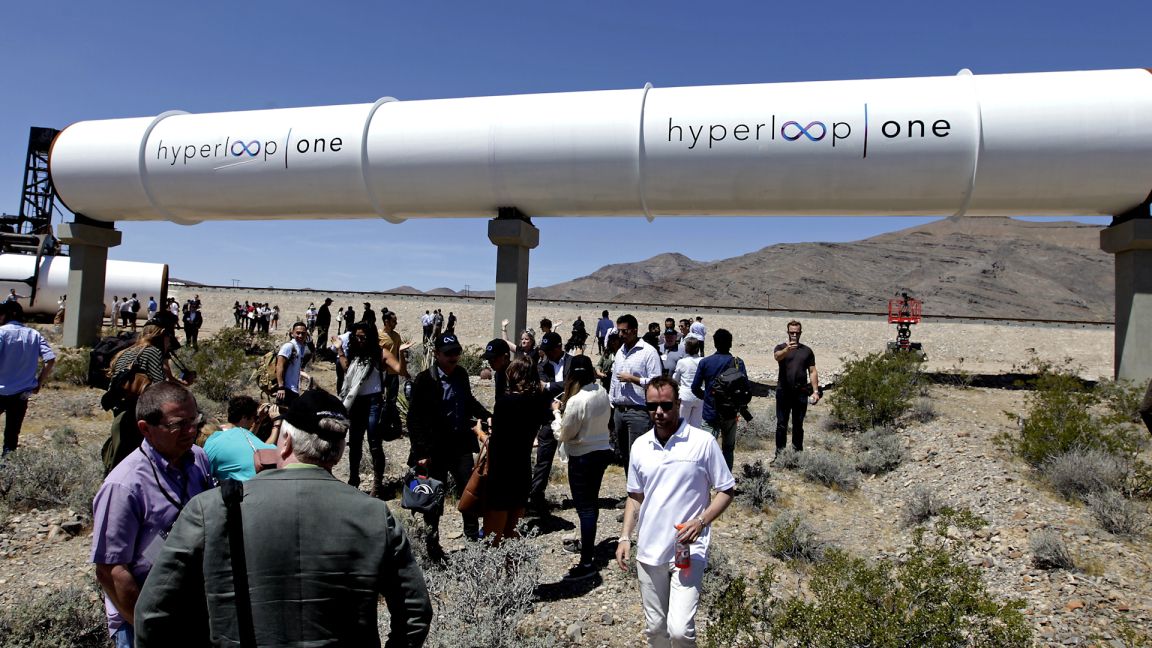
Elon Musk’s plan for the hyperloop promised city-to-city travel at speeds in excess of 700 mph, making the trip between New York City and Washington, D.C., 29 minutes. Bloomberg QuickTake Q&A explains what hurdles exist, and how they can be overcome, before the hyperloop becomes reality. (video by Henry Baker) (Source: Bloomberg)
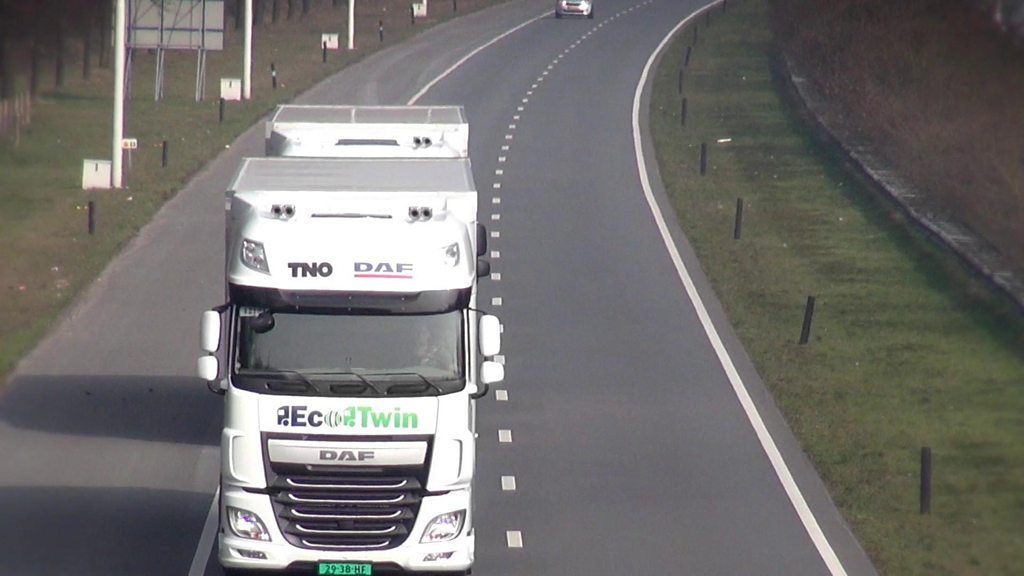
Small convoys of partially driverless lorries will be tried out on major British roads by the end of next year, the government has announced.
A contract has been awarded to the Transport Research Laboratory (TRL) to carry out the tests of vehicle “platoons”.
Up to three lorries will travel in formation, with acceleration and braking controlled by the lead vehicle.
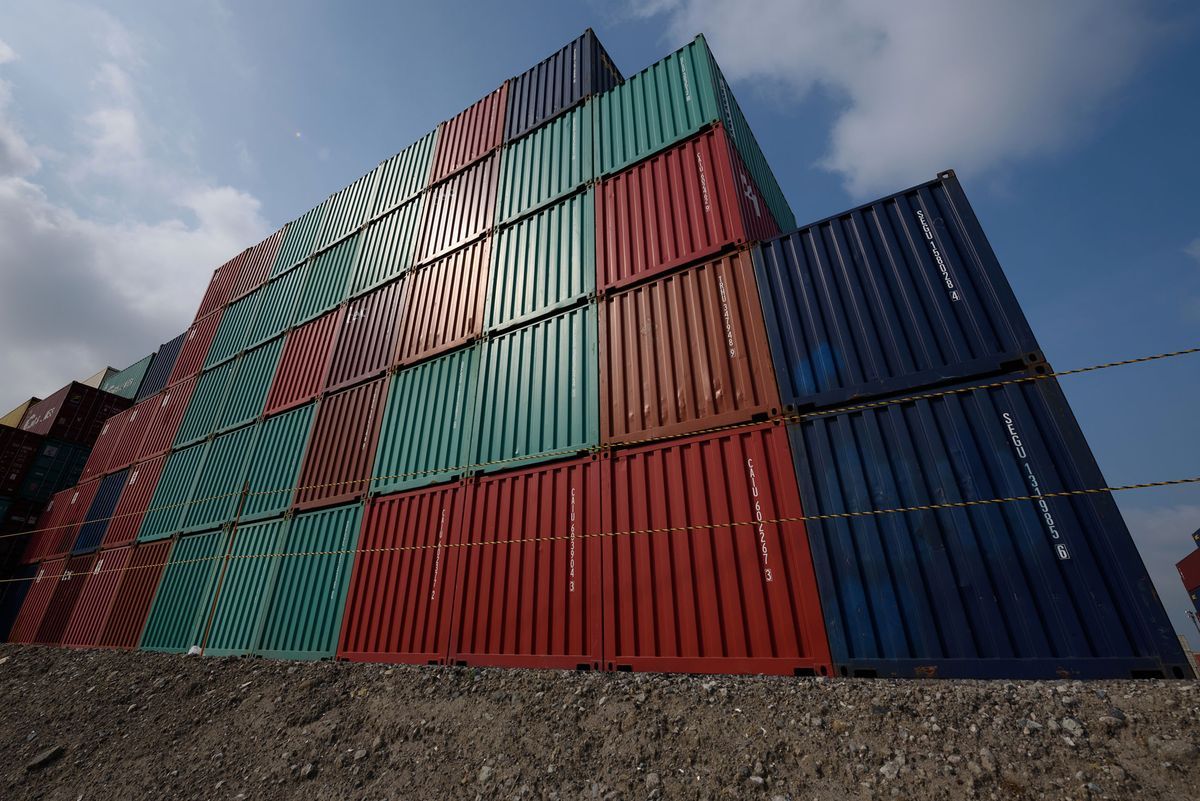
Japan’s largest container line plans to test a remote-controlled vessel across the Pacific Ocean in 2019 as it pursues fully autonomous technology that could disrupt the global shipping industry.
Nippon Yusen K.K. is considering using a large container ship for the test from Japan to North America and a crew will be on standby for safe operations, Hideyuki Ando, a senior general manager at Monohakobi Technology Institute, said in an interview Wednesday. The institute, a unit of Nippon Yusen, conducts research and development in areas such as safe vessel operation, energy saving, and logistics.
What if traffic flowed through our streets as smoothly and efficiently as blood flows through our veins? Transportation geek Wanis Kabbaj thinks we can find inspiration in the genius of our biology to design the transit systems of the future. In this forward-thinking talk, preview exciting concepts like modular, detachable buses, flying taxis and networks of suspended magnetic pods that could help make the dream of a dynamic, driverless world into a reality.
“Some people are obsessed by French wines. Others love playing golf or devouring literature. One of my greatest pleasures in life is, I have to admit, a bit special. I cannot tell you how much I enjoy watching cities from the sky, from an airplane window.”
